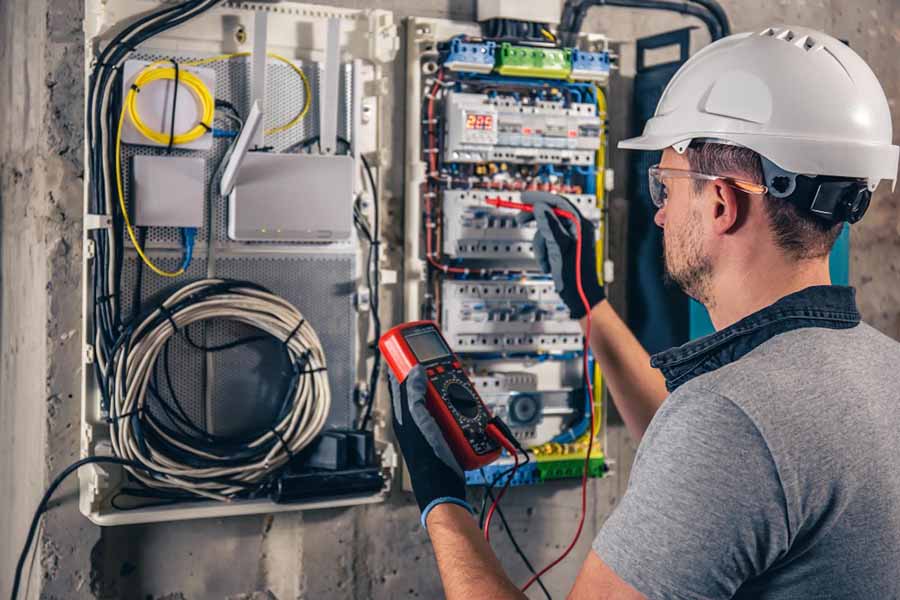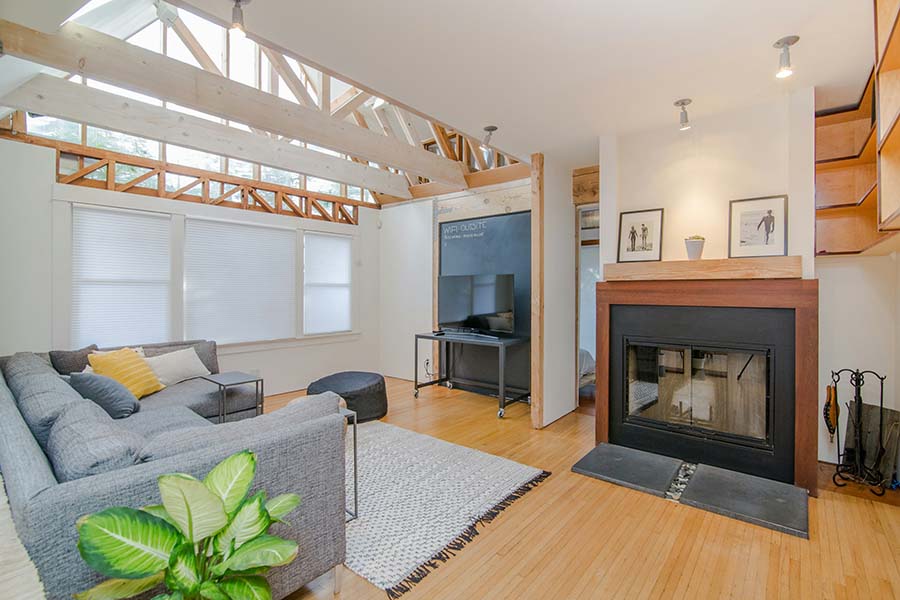Flickering lights can be a common and sometimes annoying issue in many households and workplaces. While occasional flickering might seem harmless, persistent flickering can indicate underlying problems that need to be addressed. Understanding the causes of flickering lights can help you diagnose and fix the problem effectively. Here are some of the common causes of flickering lights:
1. Loose Bulbs
One of the simplest reasons for flickering lights is a loose bulb. If a light bulb isn’t securely screwed into its socket, it can cause intermittent contact and result in flickering. This is especially common with older fixtures and bulbs. To fix this, ensure that the bulb is screwed in tightly. If the problem persists, try replacing the bulb.
2. Faulty Light Switches
Another common cause of flickering lights is a faulty light switch. Over time, switches can wear out or become loose, leading to poor electrical contact. This can cause the light to flicker when the switch is turned on. If you suspect a faulty switch, consider replacing it or having a licensed electrician inspect it.
3. Voltage Fluctuations
Fluctuations in your home’s voltage can also cause lights to flicker. This is often due to high-demand appliances, such as air conditioners, refrigerators, or power tools, which can cause temporary drops in voltage when they are turned on. If voltage fluctuations are a frequent issue, it might indicate a problem with your electrical system. Consulting with an electrician to check for and resolve any underlying issues is recommended.
4. Loose or Outdated Wiring
Loose or outdated wiring is a more serious cause of flickering lights. Over time, wiring connections can loosen, corrode, or become damaged, leading to intermittent electrical contact.

This can be dangerous as it poses a fire hazard. If you suspect loose or outdated wiring, it’s crucial to have a professional electrician inspect your wiring system.
5. Overloaded Circuits
An overloaded circuit occurs when too many devices are plugged into a single circuit, causing it to exceed its capacity. This can lead to flickering lights as the circuit struggles to supply adequate power to all connected devices. To prevent this, avoid plugging too many high-demand appliances into a single circuit and distribute your electrical load more evenly.
6. Dimmer Switches
Dimmer switches are designed to control the brightness of your lights, but they can also cause flickering if they are not compatible with the type of bulbs you are using. For instance, using an LED bulb with a dimmer switch designed for incandescent bulbs can result in flickering. Ensure that your dimmer switch is compatible with your bulbs to avoid this issue.
7. Issues with the Electrical Grid
Sometimes, the cause of flickering lights isn’t within your home at all but is due to issues with the electrical grid. Problems at the power company’s end, such as maintenance work, storms, or other disruptions, can cause temporary flickering. If this is the case, the issue should resolve itself once the power company fixes the problem.
Conclusion
While occasional flickering lights may not be a cause for concern, persistent or severe flickering can indicate a more serious issue that requires attention. By understanding the common causes of flickering lights, you can take appropriate steps to diagnose and fix the problem, ensuring the safety and reliability of your electrical system. If you are unsure about the cause of flickering lights in your home or workplace, it is always best to consult with a licensed electrician to ensure that any potential hazards are addressed promptly.







